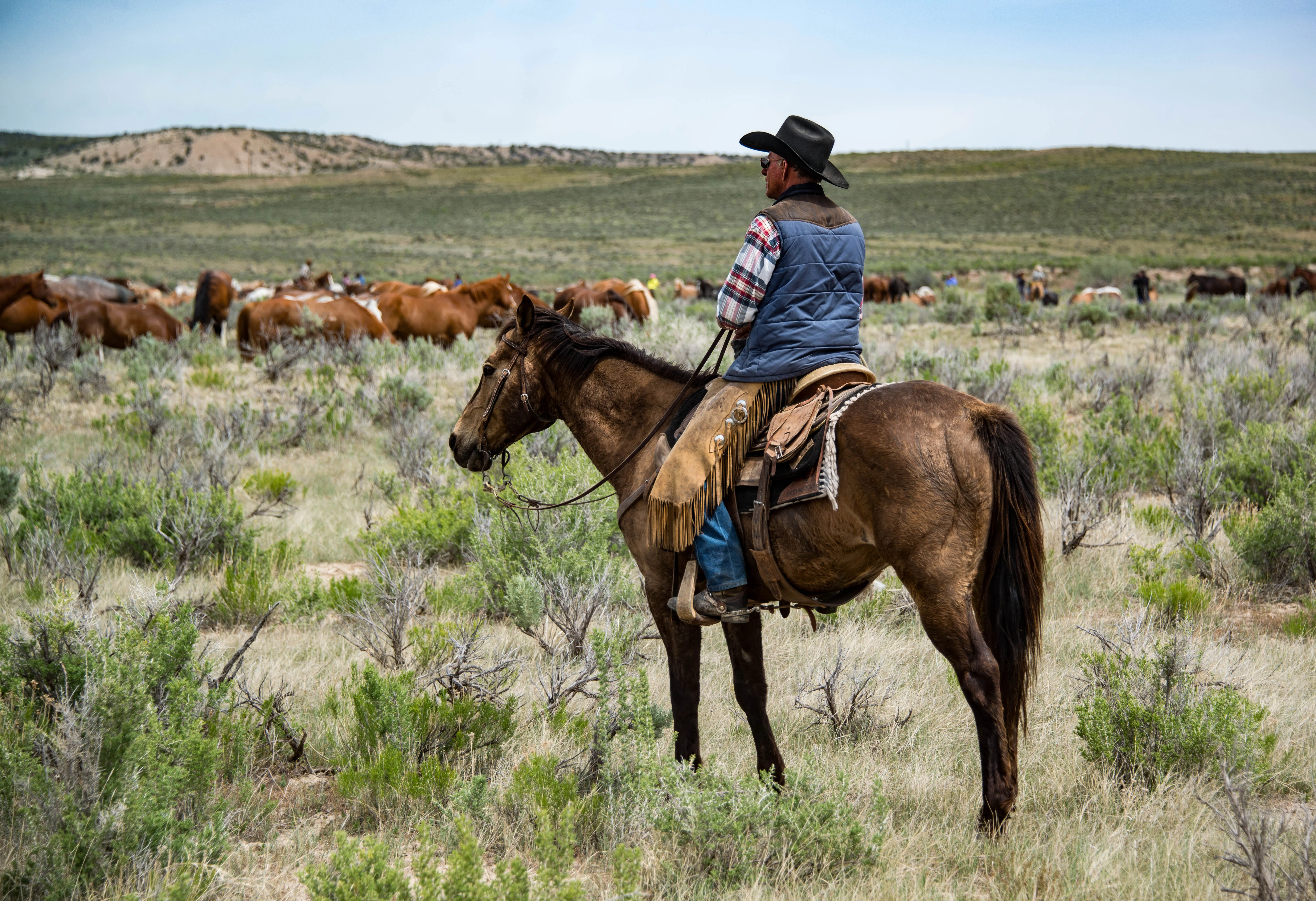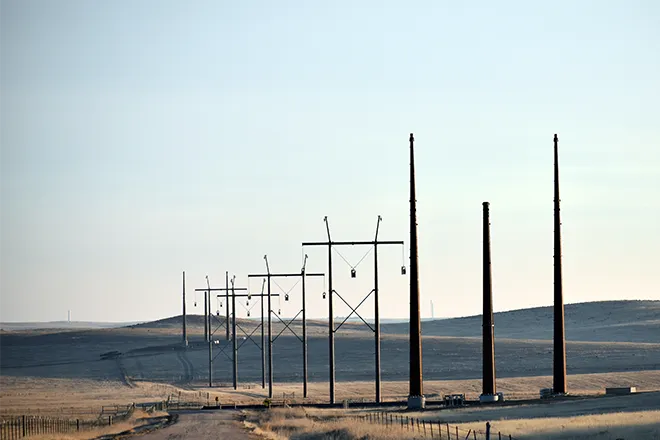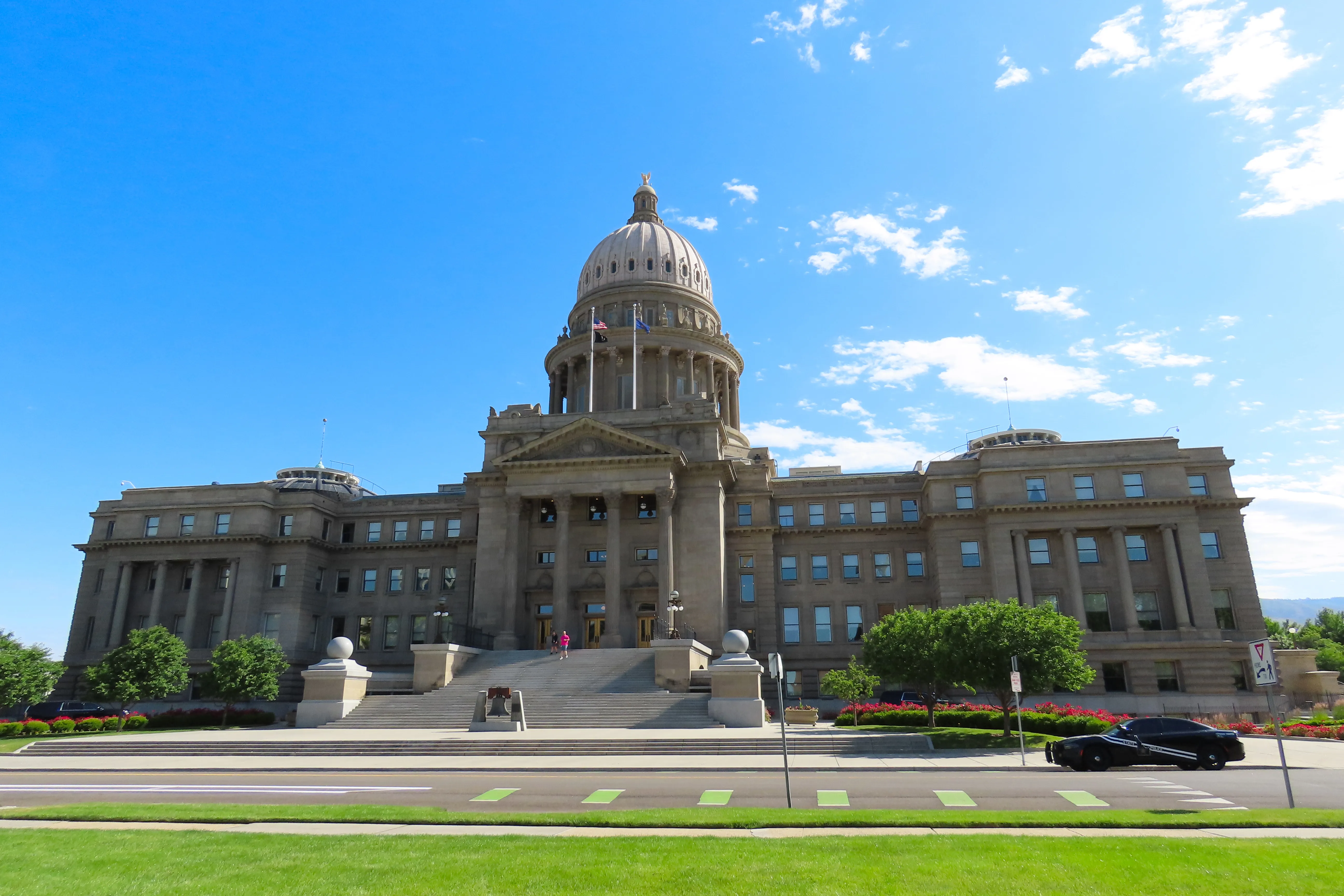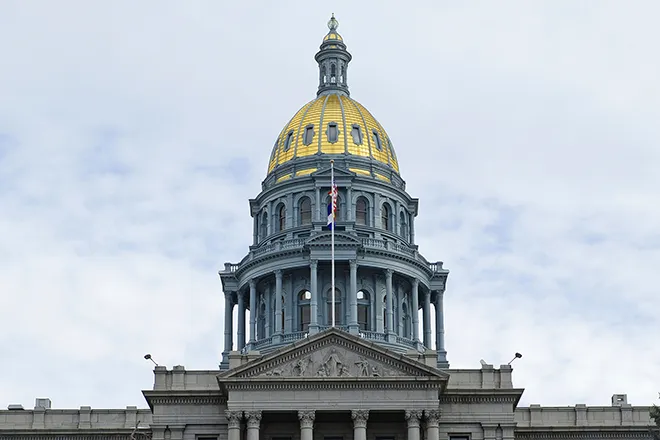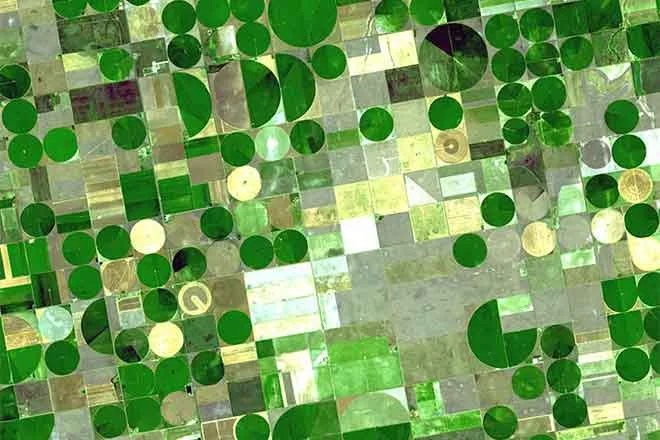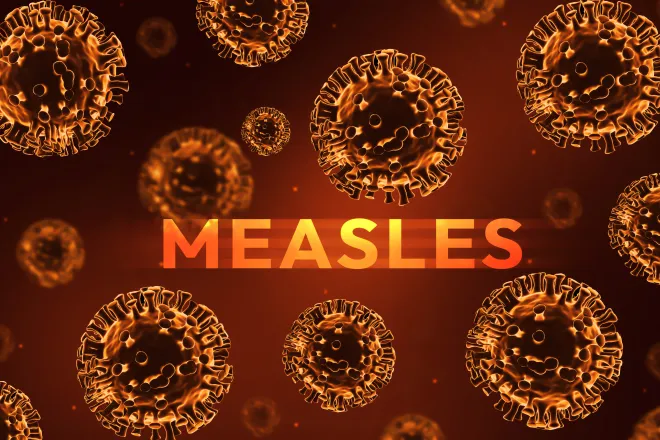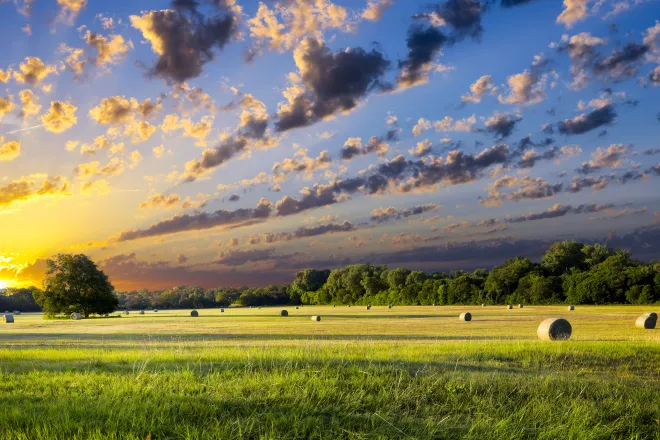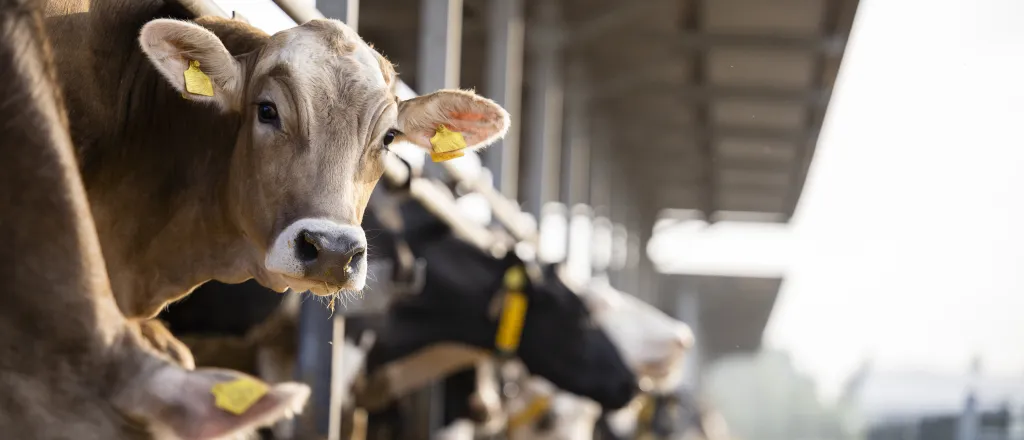
Distance between animal feedlots and North Dakota towns still up for debate
© Smederevac - iStock-1470677566
Click play to listen to this article.
North Dakota lawmakers are still sorting out a thorny agricultural issue getting to the heart of local zoning restrictions for animal feedlot operations.
The state is looking to revise standards capping setbacks a county or township puts in place when figuring out how close feedlots can sit near a community.
State agricultural leaders want more livestock production in North Dakota. The recommendations call for reducing distance caps involving smaller sites but to extend allowed setbacks for larger ones, known as concentrated animal feeding operations.
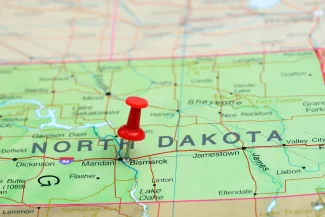
Senator Paul Thomas, R-Velva, at a committee hearing Friday, acknowledged the growing debate.
"There's a lot of communication from constituents, from agriculture organizations on all sides of this," Thomas observed.
Thomas proposed an amendment to do away with the longer setbacks for the larger feedlots. He argued the current limit of one mile is sufficient. It is unclear what a final bill would look like but Thomas' proposal is likely to anger local residents and environmentalists opposed to concentrated animal feeding operations, which are under increased scrutiny in the U.S. over concerns about air and water pollution.
Opponents had already spoken out against elements of the bill during earlier testimony this session, noting the push chips away at local control.
Jeff Kenner, a farmer from the Devils Lake area, was among those who expressed frustration with the broader pressure applied to townships to welcome feedlots with large animal herds.
"Why try to bully your way and get as close to a town, residence, lake or business (as possible) when there are miles and miles of open land to put animal feeding operations on?" Kenner asked.
Opponents of factory farms said not only are air and water quality affected, local road infrastructure is burdened with increased truck traffic. Backers of boosting livestock output in North Dakota said the state is falling behind its neighbors, while arguing the modern large-scale approach to producing food is needed to meet global demand. They said the bill in its original form strikes a balance between community needs and helping farmers. The amendment was tabled, for now.



